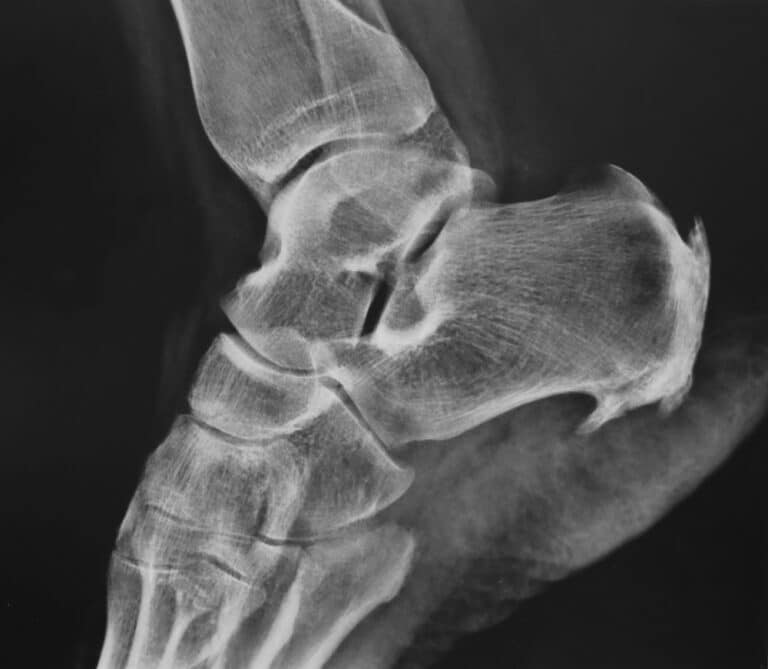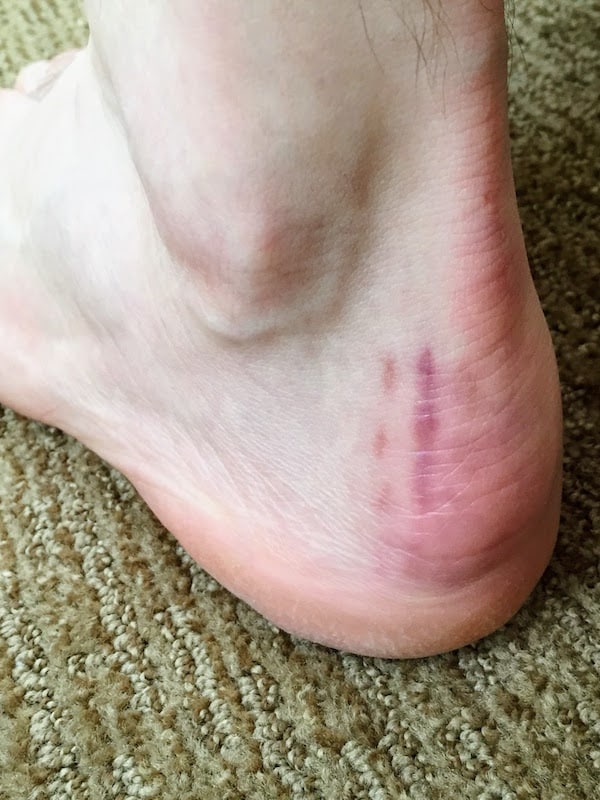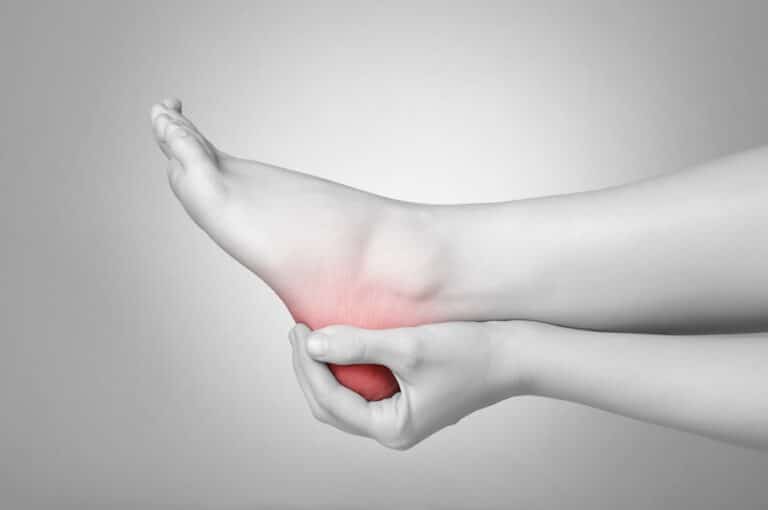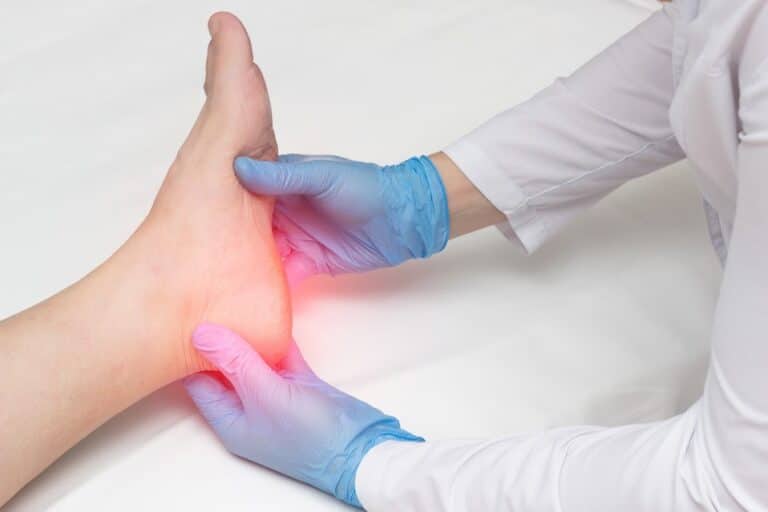Cons and bunions are among the most common podiatric conditions. But do you know what they are exactly – are a corn and a bunion the same thing? Make sure to keep reading if you wish to learn how to distinguish these foot problems.
Are a Corn and a Bunion the Same Thing – What Are Their Differences?
After reading everything above, it’s easy to understand that these two conditions aren’t exactly similar. They have many differences – whether it’s the way they’re formed or the way they look – but the fact is that both of these conditions cause pain and discomfort, which is why they require treatment from a reliable foot doctor.
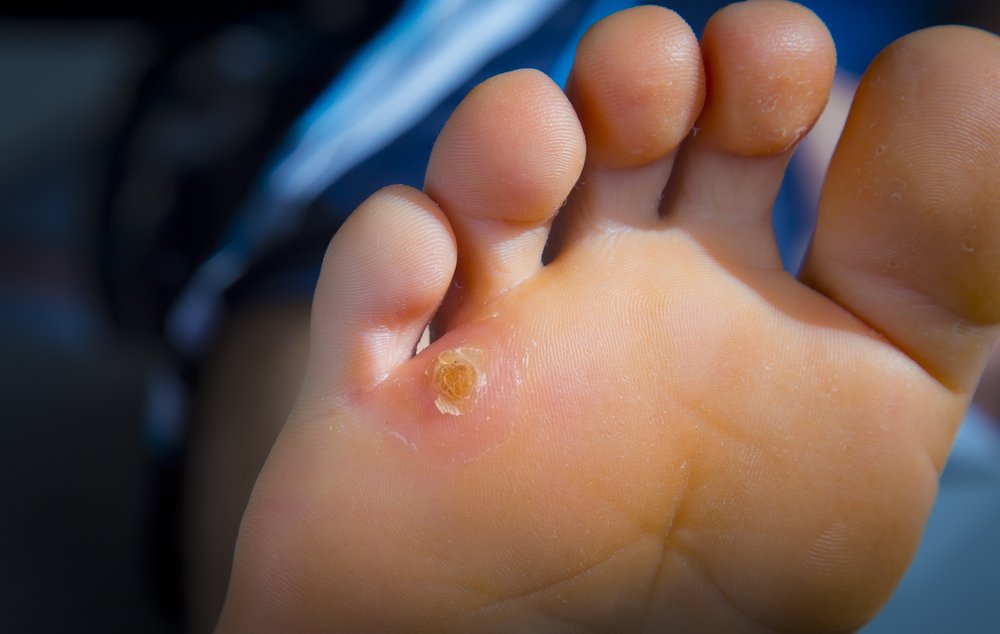
Their Location
Bunions are always localized at the base of the big toe – since they are a protrusion of the first metatarsal bone. On the other hand, corn can be located on the top of any toe, between toes, on the sides of the foot, or even on the bottom of the foot.
Appearance Is Not the Same
Corns and bunions don’t look similar. Bunions are simply bony bumps – the skin on top of them is usually normal (unless a corn or a callus doesn’t develop on top of a bunion!). Corns look like small, round bumps of thickened skin. Their color depends on which type the corn is – it’s usually yellowish but can also be grayish.
What Are Corns?
A corn is a buildup of thickened, hardened skin that usually forms on the foot, more precisely, in the areas of the foot that are exposed to excessive pressure or friction. Foot corns are soft and round, as opposed to calluses which are often larger, spread out, and irregularly shaped. Types of corns are soft, hard, and seed corns.
What Are the Corn Symptoms?
Corn is a raised bump which may or may not cause discomfort and pain. Sometimes, pain isn’t present in the beginning but occurs later on when the buildup of the skin becomes thicker. Some patients experience pain only when they put pressure on the corn. The skin around corn is often irritated and inflamed. There’s often redness, and blisters can develop as well.

What Causes Corns?
Corns are caused by pressure and friction that can come from various sources – the most common one is wearing uncomfortable footwear. Standing or walking for extended periods, some sports activities, and walking barefoot are also common reasons for corn development.
What Are Bunions?
A bunion deformity is a bony protrusion on the base of the big toe. It’s a result of years and years of pressure on the big toe joint, which leads to irregular alignment of the bones. Bunions are quite common, especially in older women. One in three Americans have bunions.

What Causes Them?
Bunions are usually caused by years of wearing uncomfortable shoes – especially high heels. The condition can also be a result of foot injuries or inflammatory conditions (like rheumatoid arthritis), but it can also be a hereditary issue.
What Are the Symptoms of Bunions?
Bunions are painful and inflamed. The big toe joint is often swollen, and a patient has trouble moving their big toe. Numbness is also common, and the patient may have difficulties wearing shoes or walking. Corns or calluses can often develop on top of the bunion.
Visit Your Doctor in Miami and Find Out If You Have Bunions or Corns
If you’re still not sure which foot condition you have, it’s best to consult with a skilled podiatrist who can diagnose you and provide treatment. Even if you do know that you have a corn or a bunion, visiting a podiatrist is something you can surely benefit from. Our doctors at Luxe Foot Surgery clinic can provide excellent treatment and ensure you no longer suffer foot pain. Contact us to schedule your free first appointment – we’re looking forward to helping you!
References
- Cleveland Clinic – Corns and Calluses
- Cleveland Clinic – Bunions (Hallux Valgus)

